Summary | Excerpt | Reviews | Readalikes | Genres & Themes | Author Bio

Critics' Opinion:
Readers' Opinion:
First Published:
May 2001, 256 pages
Paperback:
May 2002, 304 pages
Chapter 1
Desire: Sweetness
Plant: The Apple
(Malus domestica)
If you happened to find yourself on the banks of the Ohio River on a particular afternoon in the spring of 1806--somewhere just to the north of Wheeling, West Virginia, say--you would probably have noticed a strange makeshift craft drifting lazily down the river. At the time, this particular stretch of the Ohio, wide and brown and bounded on both sides by steep shoulders of land thick with oaks and hickories, fairly boiled with river traffic, as a ramshackle armada of keelboats and barges ferried settlers from the comparative civilization of Pennsylvania to the wilderness of the Northwest Territory.
The peculiar craft you'd have caught sight of that afternoon consisted of a pair of hollowed-out logs that had been lashed together to form a rough catamaran, a sort of canoe plus sidecar. In one of the dugouts lounged the figure of a skinny man of about thirty, who may or may not have been wearing a burlap coffee sack for a shirt and a tin pot for a hat. According to the man in Jefferson County who deemed the scene worth recording, the fellow in the canoe appeared to be snoozing without a care in the world, evidently trusting in the river to take him wherever it was he wanted to go. The other hull, his sidecar, was riding low in the water under the weight of a small mountain of seeds that had been carefully blanketed with moss and mud to keep them from drying out in the sun.
The fellow snoozing in the canoe was John Chapman, already well known to people in Ohio by his nickname: Johnny Appleseed. He was on his way to Marietta, where the Muskingum River pokes a big hole into the Ohio's northern bank, pointing straight into the heart of the Northwest Territory. Chapman's plan was to plant a tree nursery along one of that river's as-yet-unsettled tributaries, which drain the fertile, thickly forested hills of central Ohio as far north as Mansfield. In all likelihood, Chapman was coming from Allegheny County in western Pennsylvania, to which he returned each year to collect apple seeds, separating them out from the fragrant mounds of pomace that rose by the back door of every cider mill. A single bushel of apple seeds would have been enough to plant more than three hundred thousand trees; there's no way of telling how many bushels of seed Chapman had in tow that day, but it's safe to say his catamaran was bearing several whole orchards into the wilderness.
The image of John Chapman and his heap of apple seeds riding together down the Ohio has stayed with me since I first came across it a few years ago in an out-of-print biography. The scene, for me, has the resonance of myth--a myth about how plants and people learned to use each other, each doing for the other things they could not do for themselves, in the bargain changing each other and improving their common lot.
Henry David Thoreau once wrote that "it is remarkable how closely the history of the apple tree is connected with that of man," and much of the American chapter of that story can be teased out of Chapman's story. It's the story of how pioneers like him helped domesticate the frontier by seeding it with Old World plants. "Exotics," we're apt to call these species today in disparagement, yet without them the American wilderness might never have become a home. What did the apple get in return? A golden age: untold new varieties and half a world of new habitat.
As an emblem of the marriage between people and plants, the design of Chapman's peculiar craft strikes me as just right, implying as it does a relation of parity and reciprocal exchange between its two passengers. More than most of us do, Chapman seems to have had a knack for looking at the world from the plants' point of view--"pomocentrically," you might say. He understood he was working for the apples as much as they were working for him. Perhaps that's why he sometimes likened himself to a bumblebee, and why he would rig up his boat the way he did. Instead of towing his shipment of seeds behind him, Chapman lashed the two hulls together so they would travel down the river side by side.
Excerpted from The Botany of Desire by Michael Pollan Copyright 2001 by Michael Pollan. Excerpted by permission of Random House, a division of Random House, Inc. All rights reserved. No part of this excerpt may be reproduced or reprinted without permission in writing from the publisher.
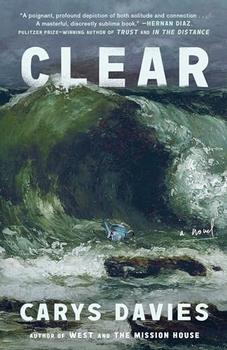
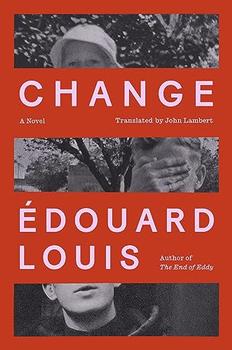
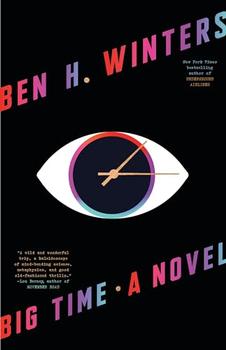
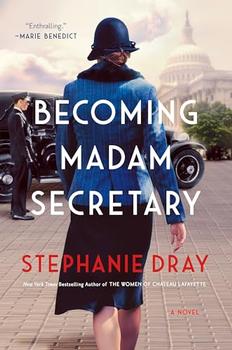
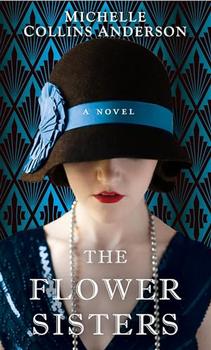
The Flower Sisters
by Michelle Collins Anderson
From the new Fannie Flagg of the Ozarks, a richly-woven story of family, forgiveness, and reinvention.
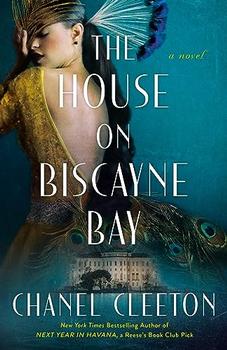
The House on Biscayne Bay
by Chanel Cleeton
As death stalks a gothic mansion in Miami, the lives of two women intertwine as the past and present collide.

The Funeral Cryer by Wenyan Lu
Debut novelist Wenyan Lu brings us this witty yet profound story about one woman's midlife reawakening in contemporary rural China.
Your guide toexceptional books
BookBrowse seeks out and recommends the best in contemporary fiction and nonfiction—books that not only engage and entertain but also deepen our understanding of ourselves and the world around us.